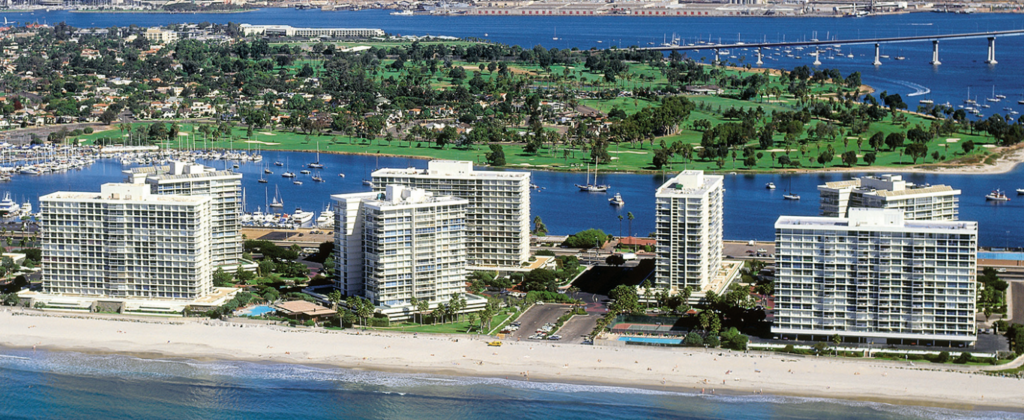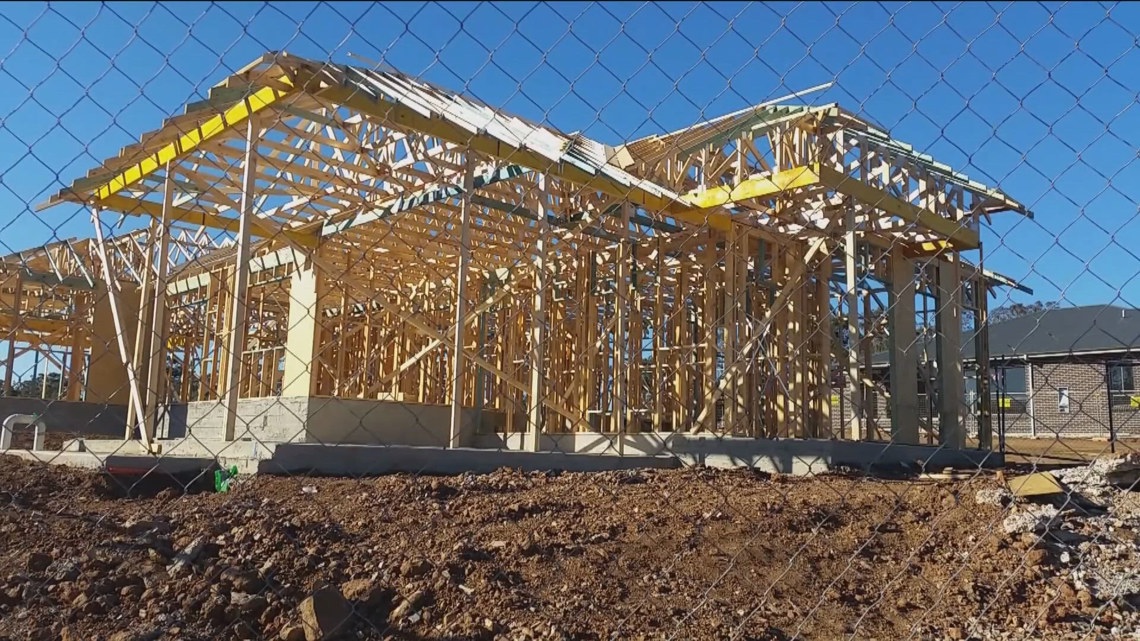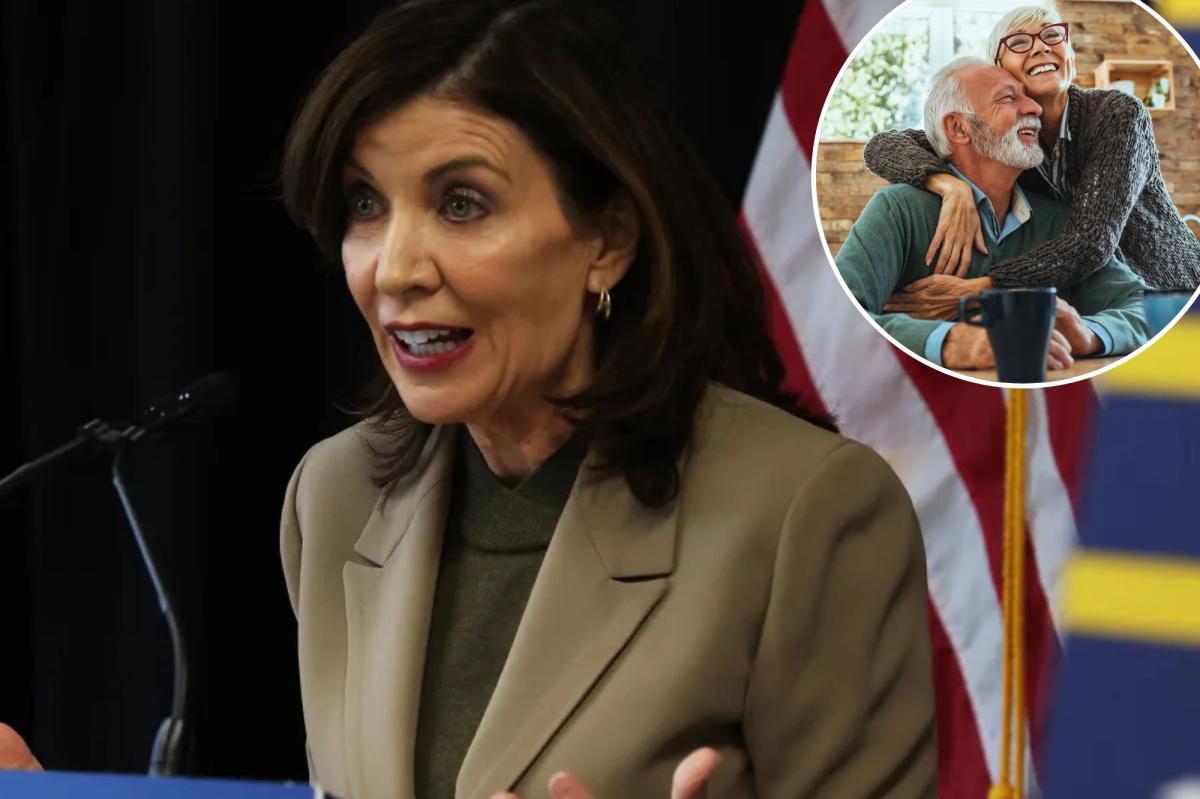D
enver Broncos will not move to Burnham Yard until 2031.
Real‑estate activity is already underway around the proposed stadium site, with investors buying and holding properties in anticipation of future zoning changes.
In May, Malman Real Estate acquired an industrial building just west of the planned stadium location, four months before the Broncos announced the site as their preferred choice. “We bought the building, waited for the Broncos’ announcement, and then sold it at a premium,” explained Jake Malman, the firm’s commercial‑real‑estate investor.
Malman’s group also brokered a $5.4 million off‑market sale of a warehouse at 901–999 Vallejo Street, home to Prism Workspaces and nearly 100 local artists. The property was not listed for sale when the investors approached the owner.
The Broncos submitted a Large Development Review (LDR) pre‑application to the City and County of Denver on Wednesday. The proposal covers a new stadium and mixed‑use development between West Sixth and West Eighth Avenues, west of North Osage Street. The stadium would sit on the western edge of Burnham Yard, with a north‑south park‑like buffer, restaurants, housing and offices.
“We’re still in the early stages, but the LDR submission is an important step forward,” said Broncos President Damani Leech. The filing followed Denver voters’ approval of the Vibrant Denver Bond, which includes nearly $140 million for rebuilding two bridges in the Burnham Yard area.
Jeff Peshut, assistant professor of finance and director of the real‑estate program at Metropolitan State University of Denver, said the profitability of recent transactions hinges on future zoning. “The $5.4 million for roughly an acre is about $125 per square foot, which is high,” he noted. “It all depends on what the land can be used for and how densely it can be developed.”
The area is currently zoned for light and heavy industrial use. Peshut emphasized that the Walton‑Penner Family Ownership Group, owners of the Broncos, will not finalize a purchase of Burnham Yard property until it is fully entitled for their intended uses. He compared the upcoming transformation to the 1990s redevelopment of the Central Platte Valley, Ballpark, and River North neighborhoods, which were former rail yards and industrial sites that required master planning and rezoning.
The Vallejo Street property benefits from existing industrial tenants that generate income while the owner waits for rezoning opportunities. Peshut warned that most investors will not buy vacant land speculatively without either existing income or confirmed entitlements. “Buying vacant ground before it’s entitled and without income is not typical for developers,” he said.
The multi‑family residential market faces challenges that could delay new construction. Denver delivered 20,000 apartment units in 2024, and vacancy rates have risen to a 15‑year high. Peshut projected that significant new development interest may not materialize until 2026 or 2027. Malman, however, believes discussions are already underway.
Real‑estate professionals are reaching out to property owners in the area. Chase Grimes, an industrial broker with Pinnacle Real Estate Advisers who has worked in Denver for 15 years, said he is meeting owners to understand their needs. “I’m just trying to meet people, hear them out, and understand their real‑estate needs,” Grimes said. He is already helping several business owners find new properties, and most feedback has been positive.
“Building an NFL stadium so close to a major metroplex is unprecedented,” Grimes added. “Most people view it opportunistically.”
Malman expects more transactions soon. He plans to hold his building for at least a year and a day to avoid short‑term capital gains taxes. “People who were previously unaware are now learning about the project, and we’re seeing increased activity in the neighborhood,” he said. “Anything on the periphery of a large‑scale development benefits.”














